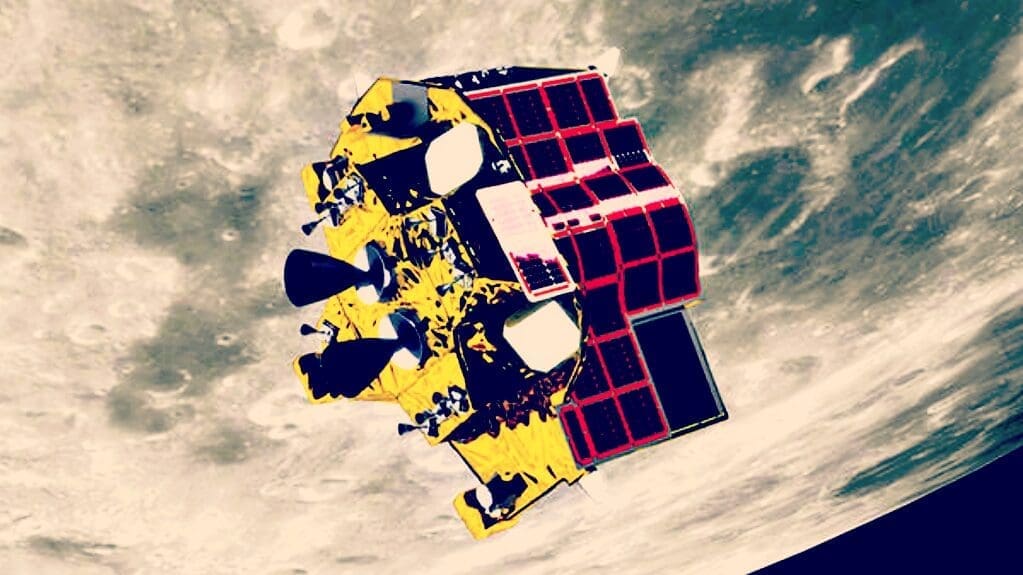Politics
Japan’s SLIM Lands on Lunar Surface, but a Problem in the Sun Panels Will Cut the Mission Dramatically Short

A bittersweet day for the Japanese Space Program, not exactly feeling ‘over the moon’ about the results of the day, but at least feeling like something historical indeed took place.
Japan just became the fifth country in history to soft-land on the moon’s surface when its spacecraft touched down early Saturday (Tokyo time).
However, a malfunction with the power supply means that the mission is in jeopardy.
Officials said they needed more time to analyze whether the unmanned spacecraft made the ‘pinpoint landing’ it aimed to do as the nickname ‘moon sniper’ revealed.
Associated Press reported:
“Hitoshi Kuninaka, head of the Institute of Space and Astronautical Science, said they believe that rovers were launched and data were being transmitted back to Earth from the Smart Lander for Investigating Moon, or SLIM.
But he said that SLIM’s solar battery wasn’t generating power and the battery life of the spacecraft would only last a few more hours. He said that the priority now was for the craft to gather as much moon data as possible on the remaining battery.”
SLIM module landed on the moon at about 12:20 a.m. Tokyo time on Saturday (10:20 a.m. ET Friday).
A tense wait period took place after the Japanese space agency’s mission control said that SLIM was on the lunar surface, but they were still ‘checking its status.’
“For the mission to be considered fully successful, space officials need to confirm whether SLIM made a pinpoint landing. Kuninaka said while more time is needed, he personally thinks it was most likely achieved, based on his observation of data showing the spacecraft’s movement until the landing.
SLIM, which was aiming to hit a very small target, is a lightweight spacecraft about the size of a passenger vehicle. It was using ‘pinpoint landing’ technology that promises far greater control than any previous moon landing.”
Previous probes had a target landing zone of about 10 kilometers (six miles) wide, but Japan’s SLIM was aiming at a target of just 100 meters (330 feet).
Despite power generation problems after a successful soft landing the 2 mini rovers LEV-1 and LEV-2 were released. #SLIM @LEV1_Rover_SLIM pic.twitter.com/LDJH6zTluj
— Space Intelligence (@SpaceIntel101) January 19, 2024
The solar power issues threaten to cut short the nation’s mission.
Reuters reported:
“JAXA prioritised the transfer of SLIM’s data to earth as the probe relied only on its battery, which would last for ‘a few hours’ despite ‘life-sustaining treatments’ such as turning off its heater, Hitoshi Kuninaka, the head of JAXA’s research centre, told a press conference.”
The Japanese agency hopes a shift in the sun’s angle will light the panels right and restore its functions.
“‘It takes 30 days for the solar angle to change on the moon’, Kuninaka said. ‘So when the solar direction changes and the light shines from a different direction, the light could end up hitting the solar cell.’”
Japan wants to play a bigger role in space, partnering with the United States. JAXA will send an astronaut to the moon as part of NASA’s Artemis program in the next few years.
But the launch failure in March of its new flagship rocket H3 has slowed all missions.
“On landing, SLIM successfully deployed two mini-probes – a hopping vehicle as big as a microwave oven and a baseball-sized wheeled rover – that would have taken pictures of the spacecraft and were slowly sending them to the earth, JAXA said. Tech giant Sony Group, toymaker Tomy and several Japanese universities jointly developed the robots.”
Read more:
Japan’s ‘Slim’ Lunar Lander Successfully Entered ‘Lunar Transfer’ Orbit, Will Make First Approach to the Moon Today – Long Mission Expected to Touch Down Weeks From Now
Read the full article here


















